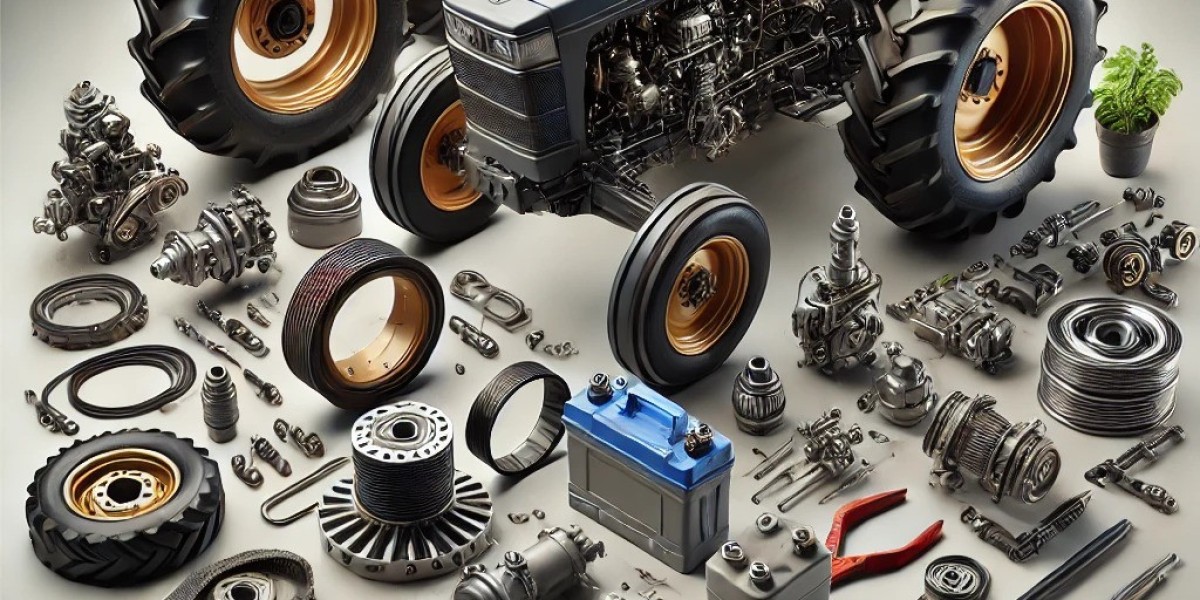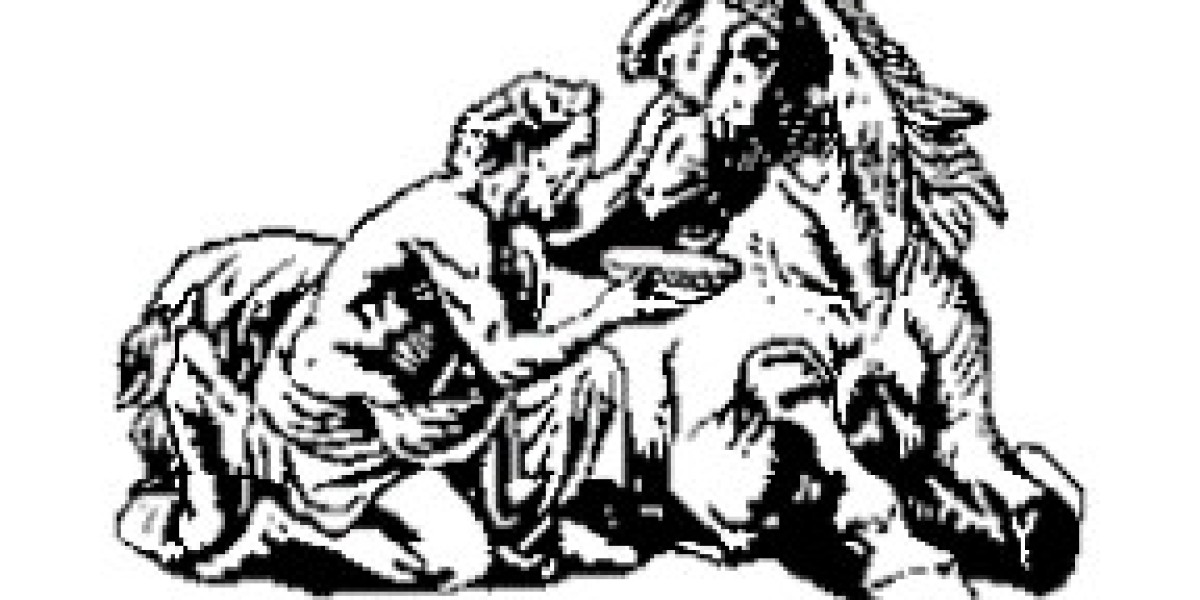A tractor is one of the most valuable machines on a farm. It helps with plowing, tilling, hauling, and other essential tasks. However, like any other equipment, tractors require proper care and maintenance to stay in good condition. Understanding the key Agricultural Tractor Parts and how to maintain them can significantly extend the lifespan of your tractor and improve farm efficiency.
Essential Tractor Parts to Maintain
Every farmer should be aware of the vital parts of a tractor that need regular checks and servicing. Here are some of the most important ones:
1. Engine
The engine is the heart of the tractor, responsible for powering all operations. Regular oil changes, fuel filter replacements, and cleaning can help prevent breakdowns.
2. Transmission System
A well-maintained transmission ensures smooth gear shifting and efficient power distribution. Check for proper lubrication and inspect gears regularly for wear.
3. Tires
Tires provide traction and stability. Keep them properly inflated and check for punctures or cracks, especially before heavy usage.
4. Hydraulic System
Hydraulics power many attachments and lifting mechanisms. Regularly inspect hydraulic fluid levels and check for leaks.
5. Battery
A strong battery ensures reliable engine starts. Clean terminals, check charge levels, and replace old batteries to avoid sudden failures.
6. Brakes
Efficient brakes are crucial for safety. Test them frequently and replace worn-out pads to ensure proper stopping power.
Maintenance Schedule for Tractor Parts
Setting up a maintenance schedule can help keep your tractor in top condition. The table below provides a basic guide:
| Tractor Part | Maintenance Task | Frequency |
|---|---|---|
| Engine | Change oil, check air filter | Every 100 hours |
| Transmission | Inspect and refill fluid | Every 200 hours |
| Tires | Check pressure and condition | Weekly |
| Hydraulic System | Check for leaks and fluid | Monthly |
| Battery | Clean terminals, test charge | Every 3 months |
| Brakes | Test and replace pads | As needed |
Tips to Keep Your Tractor Running Strong
1. Store Your Tractor Properly
Exposure to extreme weather can damage many tractor parts. Store your tractor in a dry, covered area when not in use to protect it from rust and corrosion.
2. Use High-Quality Spare Parts
When replacing worn-out parts, invest in high-quality replacements. Cheap alternatives might not last long and could cause more damage in the long run.
3. Keep Your Tractor Clean
Dirt, mud, and debris can clog essential components, leading to inefficiencies. Regular cleaning prevents buildup and allows for better inspections.
4. Regularly Lubricate Moving Parts
Friction between moving parts can lead to early wear and tear. Use the appropriate lubricants to keep everything running smoothly.
5. Check Fluid Levels Frequently
Oil, coolant, and hydraulic fluids should always be at optimal levels. Running a tractor with low fluids can lead to severe mechanical issues.
When to Replace Tractor Parts
Even with proper maintenance, some parts wear out over time. Here are signs that indicate replacement is needed:
Decreased Performance: If your tractor struggles with basic tasks, check for worn-out parts.
Unusual Noises: Grinding or knocking sounds often indicate engine or transmission issues.
Leaks: Frequent oil or hydraulic fluid leaks suggest a problem that needs fixing.
Difficulty Starting: A weak battery or fuel system problems can cause starting issues.
Reduced Braking Power: If stopping takes longer than usual, inspect and replace the brakes.
Conclusion
Taking care of Agricultural Tractor Parts ensures that your tractor remains reliable and efficient for years. By following a consistent maintenance schedule, using quality replacement parts, and keeping your machine clean and lubricated, you can prevent costly repairs and downtime. A well-maintained tractor not only saves money but also improves farm productivity, making your daily work smoother and more efficient.









